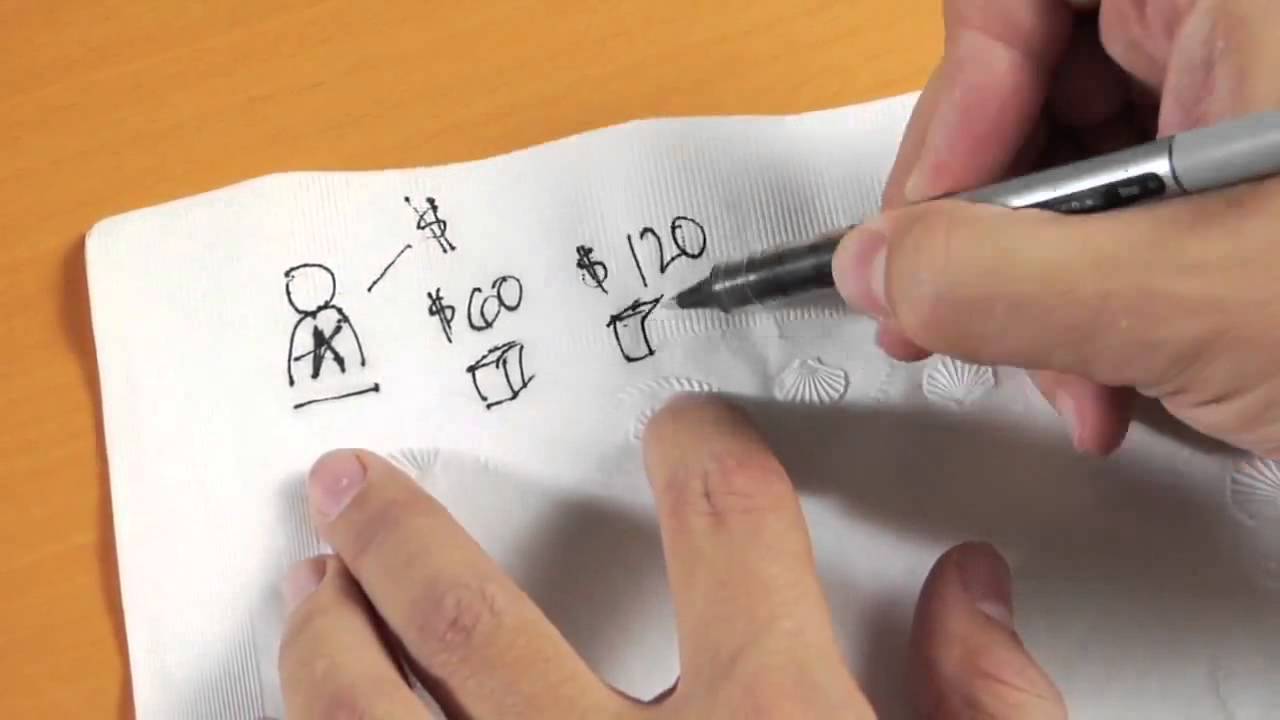
Over the years, Richard and I have evaluated dozens of major gift programs from a wide array of organizations – social service, relief and development, educational institutions, animals and environment and the arts.
When we look at these files we often see a ton of donors who give the same amount every year. Sometimes we see many $5,000 gifts, other times it’s $10,000 or $20,000 gifts. But we see very few gifts in the high five, six or seven figures.
Why?
The problem is that, over time, development directors and their major gift officers seem to come to the conclusion this is how their donors always behave. They come to the conclusion that they just don’t give large gifts because “that’s the way our donors are.”
Hogwash!
This is simply not true. Yes, there may be nuances here and there, but for the most part major donors are major donors no matter what causes they give to. Remember that most major donors are giving to multiple organizations, so you can’t use the “our donors are different” excuse.
However, the REAL issue seems to be that over the years, something happens in an organization where they just come to accept their donors’ giving patterns, and they get brainwashed into thinking, “well, our donors just don’t give big gifts, they are comfortable giving their $5,000 or $10,000 every year and they can’t do more.”
You know what happens then, right? Those donors never really get asked to do anything more. The MGO just accepts this and because they don’t want to rock the boat, they rarely talk to the donors about doing more or tell them how they are making a difference.
We see this over and over among all types of non-profits. I call it the “habitual malaise.” You actually create a habit out of not asking or challenging donors to go beyond the expected gift to something that may become transformational in their lives. And usually, it’s because you fear you’ll lose the gift you normally have been getting from your donors.
If you really think about it, is that how you want to work as an MGO, caught in this habitual malaise? Gosh, I hope not.
Your job as an MGO, a true development professional, is to promote dynamic projects and programs that your donors have a passion for, and to help your donor make an investment in those projects that they will feel fantastic about.
Look, I’m not knocking those $5k and $10k gifts, but if your donors are doing just that same amount year after year, my guess is that they may have lost some of their passion for your cause – probably because no one has asked them to really engage in the mission.
Here are some tips to get out of the “habitual malaise” of your donor portfolio, and get some new life injected into your donors’ investment in your organization.
- Re-evaluate and re-package your programs and projects. Figure out how to re-package them in a way that is dynamic and fresh. Also look for new program offerings that are coming, and learn everything you can about them. Then look for creative ways to present them to your donors.
- Do your research. If you have a number of donors who give the same amount year over year (again, not a bad thing), find out their real capacity and where else they give and how much. Are you getting the dribs and drabs? Or are you first on a donor’s list, and that’s all they can do? Many times we find the donor is giving much, much more elsewhere.
- Get in front of the donor. Because we accept the fact that these donors are just “going to do the same every year,” we don’t really figure out their desires and passion. That has to be your mission as an MGO. GET TO KNOW YOUR PEOPLE! Once you do that, you will gain permission to challenge them.
- Ask! Yep, actually ask the donor to do more; and if you are really bold, ask them to do it over multiple years. You will be surprised at the response from your donor.
- Make them feel good. Once a donor says “YES” to your challenge, then do whatever it takes to make them feel good about this new investment in your mission. Thank, report back, and surprise them with gratitude. It will lead to the next gifts.
Don’t get caught up in the “our donors only give this much because they are different than other donors” thing. That’s not acceptable; and really, it’s not true. Donors are donors. They want to be inspired. They want to see vision; they want to see your passion to help change the world, no matter what you do. Then they need to be asked to do it. You’ll be amazed by their response. Get out of the “habitual malaise” and onto transformational giving.
Jeff







0 Comments